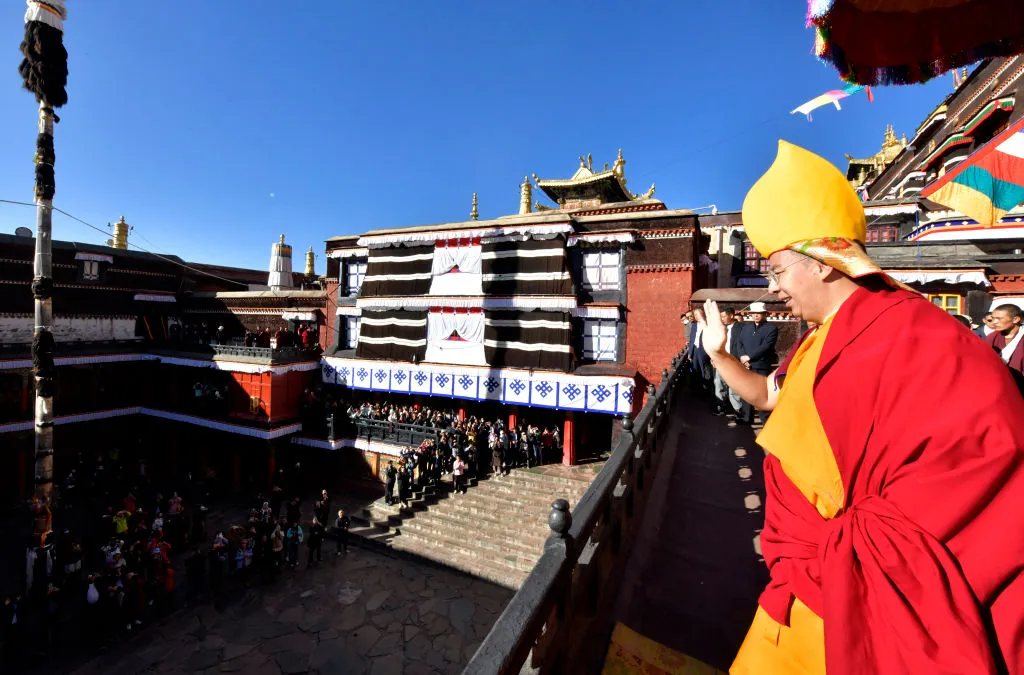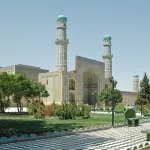
A 15th-century monastery in Tibet is still intact after a deadly 6.8 magnitude earthquake shook the northern foothills of Mount Everest.
The magnitude 7.1 earthquake hit near Shigatse, one of Tibet’s most historic cities, earlier today. At least 126 people were reported dead, with an additional 188 injured. More than 1,000 houses in the area were also damaged close to the Himalayan border with Nepal. There were several additional aftershocks.
It is unclear how many will be left homeless as a result of the natural disaster, with low temperatures adding difficulties to rescue missions. More than 2,500 police officers were sent to assess the damage and search for victims.
“Although most people migrate to lower land during winter season, some are still there,” Ang Tshering Sherpa, the former chief of the Nepal Mountaineering Association, told the New York Times. “There’s always risk of avalanche and glacial lake outburst floods after earthquakes.”
Shigatse is home to the Tashilhunpo Monastery, which was founded by Gedun Drupa, the first Dalai Lama, in 1447. Today, it is the seat of the Panchen Lama, the second most important figure in Tibetan Buddhism (after the Dalai Lama), and one of the four primary monasteries associated with Tibetan Buddhism.
The monastery is one the largest of its kind worldwide. Comprised of six main halls across 3,000 buildings, it was once home to as many as 5,000 monks and lamas.
Within the building, the Chapel of Jampa contains the statue of Jampa, who is believed to be the future incarnation of Buddha returned to save all on earth. The 85-foot-tall statue is coated in gold and required more than 900 artisans roughly four years to execute. There has been no damage reported to the monastery so far.

